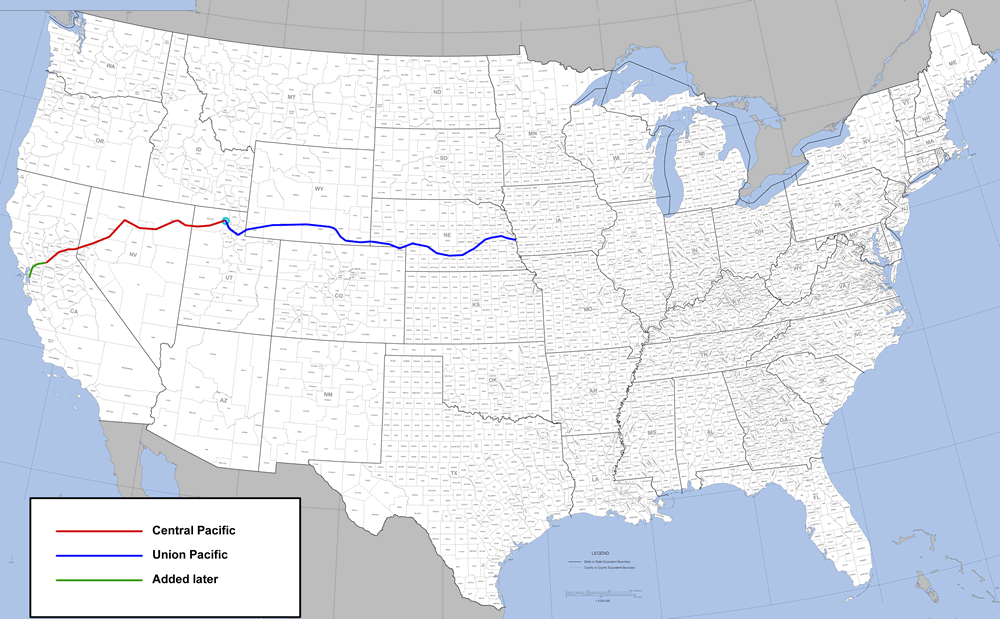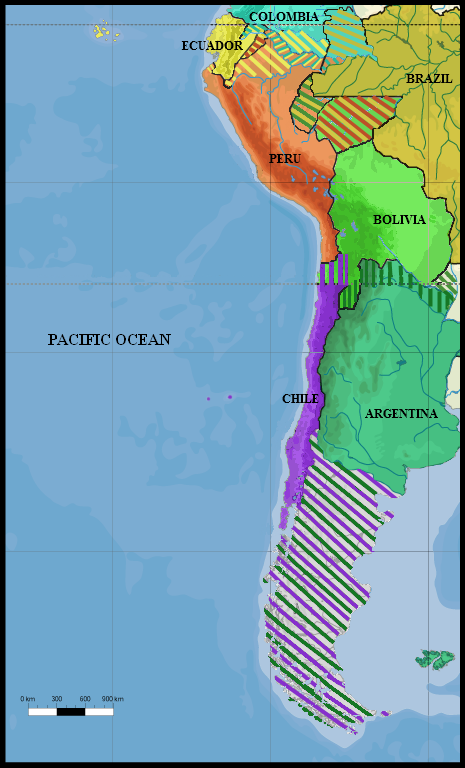|
Ramón A. Chaparro
Ramón Arístides Chaparro Echave (Huanoquite District, Molle Molle; — Cuzco; ) was a Peruvian politician. He served as interim President of the Congress of the Republic of Peru, President of the Chamber of Deputies from 1895 to 1896, and was the youngest deputy of the history of Cuzco at the time. Biography He was born on the Molle Molle hacienda in Huanoquite District, Paruro Province, in the department of Cuzco. His parents were José Lucas Chaparro, who had been a Congress of Peru, constituent deputy in 1855 and 1867, and Paula Echave. He studied at the Colegio Peruano. Like his father, he was an ardent Nicolás de Piérola, Pierolist and participated in the capture of the city of Cuzco within the framework of the Peruvian Civil War of 1894–1895. As a colonel, he also fought in the battle of Cabanillas District, Cabanillas. He was elected Deputy (legislator), deputy for the province of Paruro in the congress held in Arequipa in 1883 by President Lizardo Montero after the ... [...More Info...] [...Related Items...] OR: [Wikipedia] [Google] [Baidu] |
President Of The Congress Of The Republic Of Peru
President of the Congress of the Republic of Peru is the presiding officer in the Congress of the Republic of Peru. This is a list of representatives that have served as Presidents of the Peruvian legislature. The Constitution of Peru, Constitution of 1993 re-arranged Congress into a Unicameralism, unicameral legislature. The President is elected for a one-year term. Constituent Congress of Peru, 1822, Constituent Congress (1822–1825) Constituent Congress (1827–1828) Congress (1829–1832) First bicameral congress of Peru. Constituent Congress (1833–1834) Legislative Assembly of Peru–Bolivian Confederation Constituent Congress (1839–1840) Bicameral Congress (1845–1853) Presidents of the Senate (1845–1853) Presidents of the Chamber of Deputies (1845–1853) National convention (1855–1857) Congress (1858–1859) President of the Senate (1858–1859) Constituent Congress (1860) Bicameral Congress (1860–1865) Pr ... [...More Info...] [...Related Items...] OR: [Wikipedia] [Google] [Baidu] |
Arequipa
Arequipa (; Aymara language, Aymara and ), also known by its nicknames of ''Ciudad Blanca'' (Spanish for "White City") and ''León del Sur'' (Spanish for "South's Lion"), is a city in Peru and the capital of the eponymous Arequipa (province), province and department of Arequipa, department. It is the seat of the Constitutional Court of Peru and often dubbed the "legal capital of Peru". It is the second most populated city in Peru, after the capital Lima, with an urban population of 1,296,278 inhabitants according to the 2017 national census. known for its colonial architecture and volcanic stone buildings, it is a major cultural and economic center. Its metropolitan area integrates twenty-one districts, including the foundational central area, which it is the seat of the city government. The city had a nominal GDP of US$9,445 million, equivalent to US$10,277 per capita (US$18,610 per capita PPP) in 2015, making Arequipa the city with the second-highest economic activity in Peru ... [...More Info...] [...Related Items...] OR: [Wikipedia] [Google] [Baidu] |
Peruvian People Of Spanish Descent
Peruvians (''/peruanas'') are the citizens of Peru. What is now Peru has been inhabited for several millennia by cultures such as the Caral before the Spanish conquest in the 16th century. Peruvian population decreased from an estimated 5–9 million in the 1520s to around 600,000 in 1620 mainly because of infectious diseases carried by the Spanish. Spaniards and Africans arrived in large numbers in 1532 under colonial rule, mixing widely with each other and with Native Peruvians. During the Republic, there has been a gradual immigration of European people (especially from Spain and Italy, and to a lesser extent from Germany, France, Croatia, and the British Isles). Chinese and Japanese arrived in large numbers at the end of the 19th century. With 31.2 million inhabitants according to the 2017 Census. Peru is the fourth most populous country in South America. Its demographic growth rate declined from 2.6% to 1.6% between 1950 and 2000, and its population is expected to reach ... [...More Info...] [...Related Items...] OR: [Wikipedia] [Google] [Baidu] |
Presidents Of The Congress Of The Republic Of Peru
President most commonly refers to: *President (corporate title) *President (education), a leader of a college or university *President (government title) President may also refer to: Arts and entertainment Film and television *'' Præsidenten'', a 1919 Danish silent film directed by Carl Theodor Dreyer * ''The President'' (1928 film), a German silent drama * ''President'' (1937 film), an Indian film * ''The President'' (1961 film) * ''The Presidents'' (film), a 2005 documentary * ''The President'' (2014 film) * ''The President'' (South Korean TV series), a 2010 South Korean television series * ''The President'' (Palestinian TV series), a 2013 Palestinian reality television show *''The President Show'', a 2017 Comedy Central political satirical parody sitcom * ''Presidents'' (film), a 2021 French film Music *The Presidents (American soul band) *The Presidents of the United States of America (band) or the Presidents, an American alternative rock group *"The President", a song b ... [...More Info...] [...Related Items...] OR: [Wikipedia] [Google] [Baidu] |
Chaparro Family (Peru)
Chaparro is a Spanish surname. Notable people with the surname include: * Aldo Chaparro (born 1965), Peruvian sculptor known for his works in stainless steel *Benigno Chaparro (born 1958), retired Paraguayan professional footballer * Cristián Chaparro (born 1975), former Argentine footballer * Ernesto Chaparro (1901–1957), Chilean football defender * David Chaparro (1875–1963), Peruvian politician * Fernando Chaparro (born 1964), Argentine sprint canoeist * José Chaparro (1830–1906), Peruvian politician * Janelee Chaparro (born 1991), Puerto Rican model and beauty queen * Jonathan Chaparro (born 1999), American social justice and civil rights activist. * Jorge Garbajosa Chaparro (born 1977), retired Spanish professional basketball player *Leandro Chaparro (born 1991), Argentine footballer * Mario Arturo Acosta Chaparro (1942–2012), Mexican Army general, shot dead in Mexico City * Nahuel Tetaz Chaparro (born 1989), Argentina international rugby union player *Omar Chaparro ... [...More Info...] [...Related Items...] OR: [Wikipedia] [Google] [Baidu] |
1902 Deaths
Events January * January 1 ** The Nurses Registration Act 1901 comes into effect in New Zealand, making it the first country in the world to require state registration of nurses. On January 10, Ellen Dougherty becomes the world's first registered nurse. ** Nathan Stubblefield demonstrates his Mobile phone, wireless telephone device in the U.S. state of Kentucky. * January 8 – A train collision in the New York Central Railroad's Park Avenue Tunnel (railroad), Park Avenue Tunnel kills 17 people, injures 38, and leads to increased demand for electric trains and the banning of steam locomotives in New York City. * January 23 – Hakkōda Mountains incident: A snowstorm in the Hakkōda Mountains of northern Honshu, Empire of Japan, Japan, kills 199 during a military training exercise. * January 30 – The Anglo-Japanese Alliance is signed. February * February 12 – The 1st Conference of the International Woman Suffrage Alliance takes place in Washing ... [...More Info...] [...Related Items...] OR: [Wikipedia] [Google] [Baidu] |
1863 Births
Events January * January 1 – Abraham Lincoln signs the Emancipation Proclamation during the third year of the American Civil War, making the abolition of slavery in the Confederate States of America an official war goal. The signing proclaimed the freedom of 3.1 million of the nation's four million slaves and immediately frees 50,000 of them, with the rest freed as the Union Army advances. This event marks the start of America's Reconstruction era, Reconstruction Era. * January 2 – Master Lucius Tar Paint Company (''Teerfarbenfabrik Meister Lucius''), predecessor of Hoechst AG, Hoechst, as a worldwide Chemical, chemical manufacturing brand, founded in a suburb of Frankfurt am Main, Germany. * January 4 – Founding date of the New Apostolic Church, a Christian and chiliastic church, in a schism with the Catholic Apostolic Church in Hamburg, Germany. * January 7 – In the Cantons of Switzerland, Swiss canton of Ticino, the village of Bedretto is ... [...More Info...] [...Related Items...] OR: [Wikipedia] [Google] [Baidu] |
Hepatitis
Hepatitis is inflammation of the liver parenchyma, liver tissue. Some people or animals with hepatitis have no symptoms, whereas others develop yellow discoloration of the skin and whites of the eyes (jaundice), Anorexia (symptom), poor appetite, vomiting, fatigue (medicine), tiredness, abdominal pain, and diarrhea. Hepatitis is ''acute (medicine), acute'' if it resolves within six months, and ''chronic condition, chronic'' if it lasts longer than six months. Acute hepatitis can self-limiting (biology), resolve on its own, progress to chronic hepatitis, or (rarely) result in acute liver failure. Chronic hepatitis may progress to scarring of the liver (cirrhosis), liver failure, and liver cancer. Hepatitis is most commonly caused by the virus ''hepatovirus A'', ''hepatitis B virus, B'', ''hepatitis C virus, C'', ''hepatitis D virus, D'', and ''hepatitis E virus, E''. Other Viral hepatitis, viruses can also cause liver inflammation, including cytomegalovirus, Epstein–Barr virus, ... [...More Info...] [...Related Items...] OR: [Wikipedia] [Google] [Baidu] |
Peruvian Civil War Of 1884–1885
The Peruvian civil war of 1884–1885 was an Peruvian Civil War (other), internal Peruvian conflict. It erupted as a result of the ratification of the Treaty of Ancón, which ceded the Arica and Tacna provinces to Chile after the lost War of the Pacific. Background The rivalry between Andrés Avelino Cáceres and Miguel Iglesias began in the middle of the war with Chile. Both were distinguished soldiers, IIglesias had fought in the Lima campaign and won the Battle of San Pablo. While Cáceres had been victorious in the Battle of Tarapacá and was the commander of the Peruvian Breña campaign. After several defeats, Iglesias signed the Treaty of Ancón with the Chilean government, which ended the war with the transfer of part of Southern Peru to Chile, and became president of Peru in 1883. Cáceres, although defeated by the Chileans in Huamachuco, kept resisting high in the central mountains, until the Chileans returned to their homeland. Cáceres ended up accepting p ... [...More Info...] [...Related Items...] OR: [Wikipedia] [Google] [Baidu] |
War Of The Pacific
The War of the Pacific (), also known by War of the Pacific#Etymology, multiple other names, was a war between Chile and a Treaty of Defensive Alliance (Bolivia–Peru), Bolivian–Peruvian alliance from 1879 to 1884. Fought over Atacama Desert border dispute, Chilean claims on Litoral Department, coastal Bolivian territory in the Atacama Desert, the war ended with victory for Chile, which gained a significant amount of resource-rich territory from Peru and Bolivia. The direct cause of the war was a nitrate taxation dispute between Bolivia and Chile, with Peru being drawn in due to its secret alliance with Bolivia. Some historians have pointed to deeper origins of the war, such as the interest of Chile and Peru in the nitrate business, a long-standing rivalry between Chile and Peru for regional hegemony, as well as the political and economical disparities between the stability of Chile and the volatility of Peru and Bolivia. In February 1878, Bolivia increased taxes on the Chile ... [...More Info...] [...Related Items...] OR: [Wikipedia] [Google] [Baidu] |




